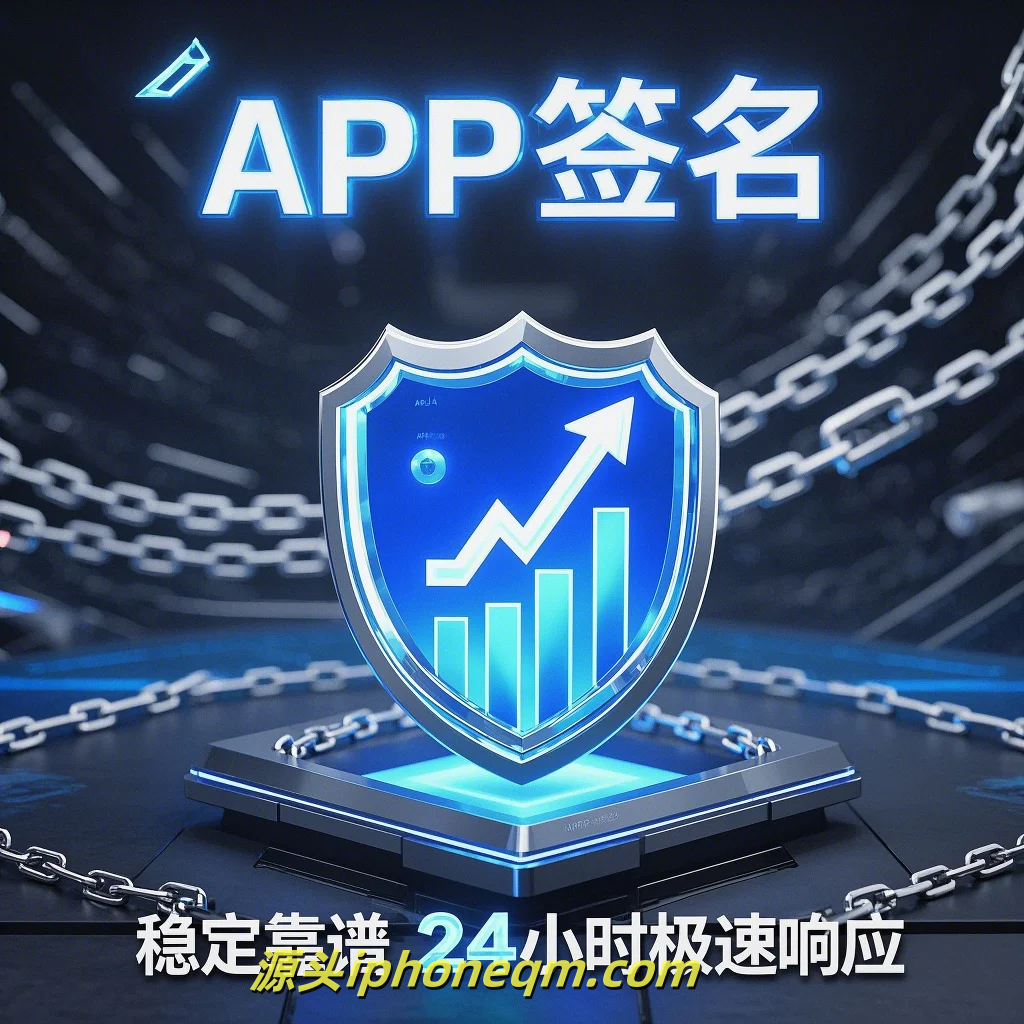The Impact of iOS Signing on App Performance
In the world of mobile applications, performance is a key factor that determines user satisfaction and retention. For iOS developers, understanding the impact of iOS signing on app performance is crucial. Signing an app is the process of applying a digital signature to the app binary, which verifies the identity of the developer and ensures the app hasn’t been tampered with. While this might seem like a backend process with little influence on the user experience, it can significantly affect app performance in numerous ways.
Firstly, the signing process ensures security. By requiring apps to be signed with a developer's certificate, Apple guarantees that the app is trustworthy. This verification enhances user confidence and can lead to increased downloads and usage. However, the overhead of signing introduces an execution time for app launches, which may slightly delay the initial opening of the app. Users expect quick access to their apps, and even a minor delay can lead to frustration and negatively impact their perception of performance.
Moreover, the signing process involves code validation which can have implications on runtime performance. When an app is signed, the operating system performs checks to ensure the code has not been altered and remains consistent with the developer's original intent. While this is designed to enhance security, it can also introduce latency, particularly in complex apps with large binaries or multiple frameworks. Developers need to optimize their code to reduce the size of their app binaries and improve compilation times, which can minimize any negative impact during runtime checks.
Another aspect to consider is how iOS signing interacts with app updates. When an app is updated, the signing process must be repeated, and this can lead to longer update times for users. If Apple improves the signing process or if developers adopt new optimization techniques, frequent updates could become more seamless, leading to a better user experience overall. However, if an app’s updates are large and require extensive re-signing, this can deter users from keeping the app updated, leading to performance issues on older versions due to unoptimized code or missing features.

Additionally, the complexity of the app and its signed components can influence performance. Apps often use third-party libraries or frameworks that also need to be signed. This adds layers of complexity in the signing process that can extend build times and affect overall performance if not managed effectively. Developers should assess dependencies critically, opting for libraries that are not only functional but also lightweight and efficient in terms of signing.
Network performance can also be affected indirectly by the iOS signing process. For instance, when an app checks for updates or verifies its signature in real-time, this requires network calls that can lead to latency. If users are on slower networks, instances of delays can become pronounced during the signing verification phase. Thus, developers should consider implementing efficient caching strategies and ensuring that essential features can still operate seamlessly while the app verifies its signing.
In conclusion, while iOS signing is a critical element that contributes to the security of mobile applications, it also plays a pivotal role in determining their performance. Developers need to navigate the complexities of this process carefully. By optimizing their applications, managing dependencies effectively, and streamlining the signing process, they can mitigate any negative impacts. Ultimately, a deeper understanding of how iOS signing influences app performance will enable developers to create apps that not only meet security standards but also offer an exceptional user experience. Balancing these aspects is key to thriving in the competitive mobile app marketplace.
扫描二维码推送至手机访问。
版权声明:本文由MDM苹果签名,IPA签名,苹果企业签名,苹果超级签,ios企业签名,iphoneqm.com发布,如需转载请注明出处。












